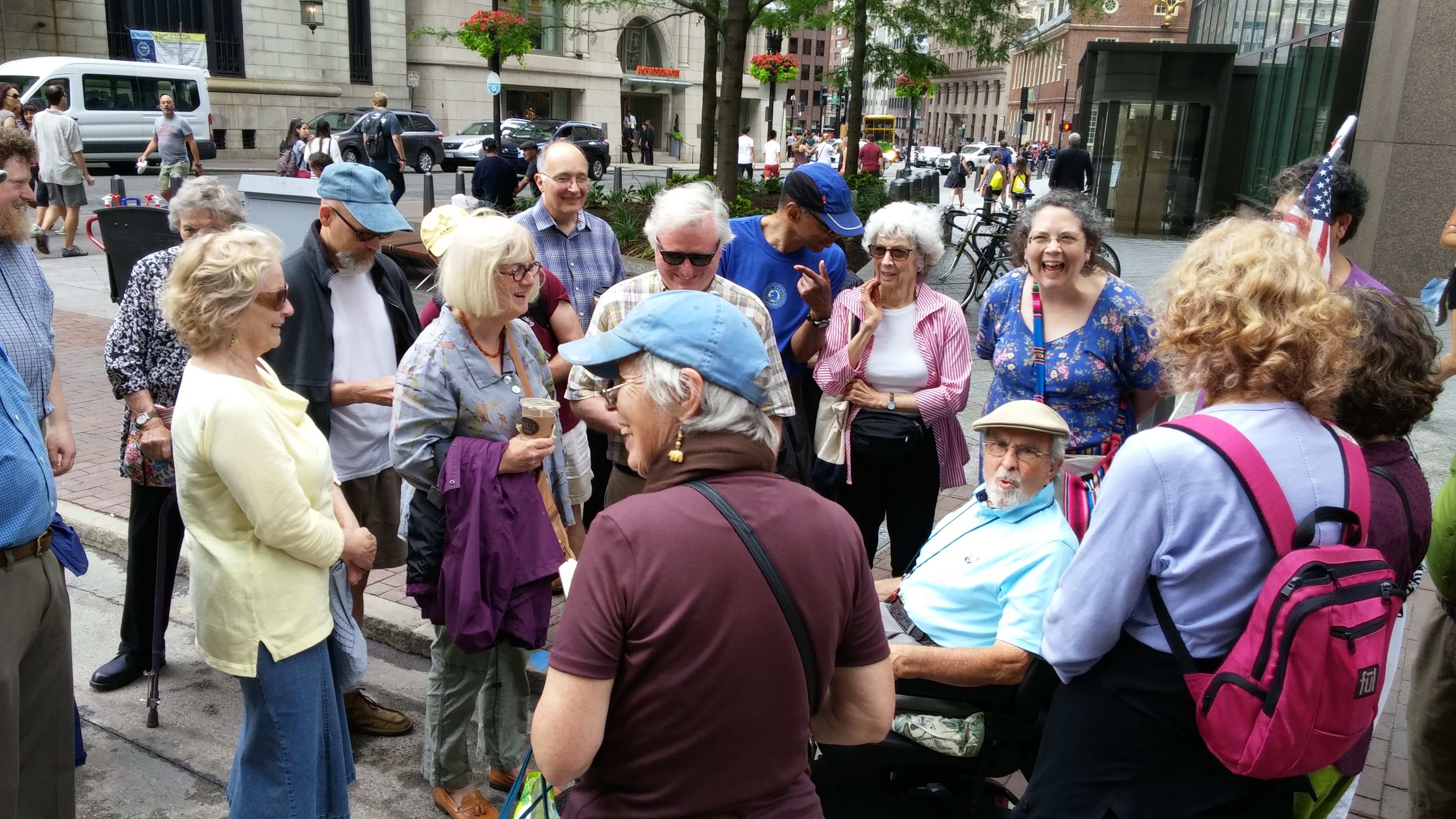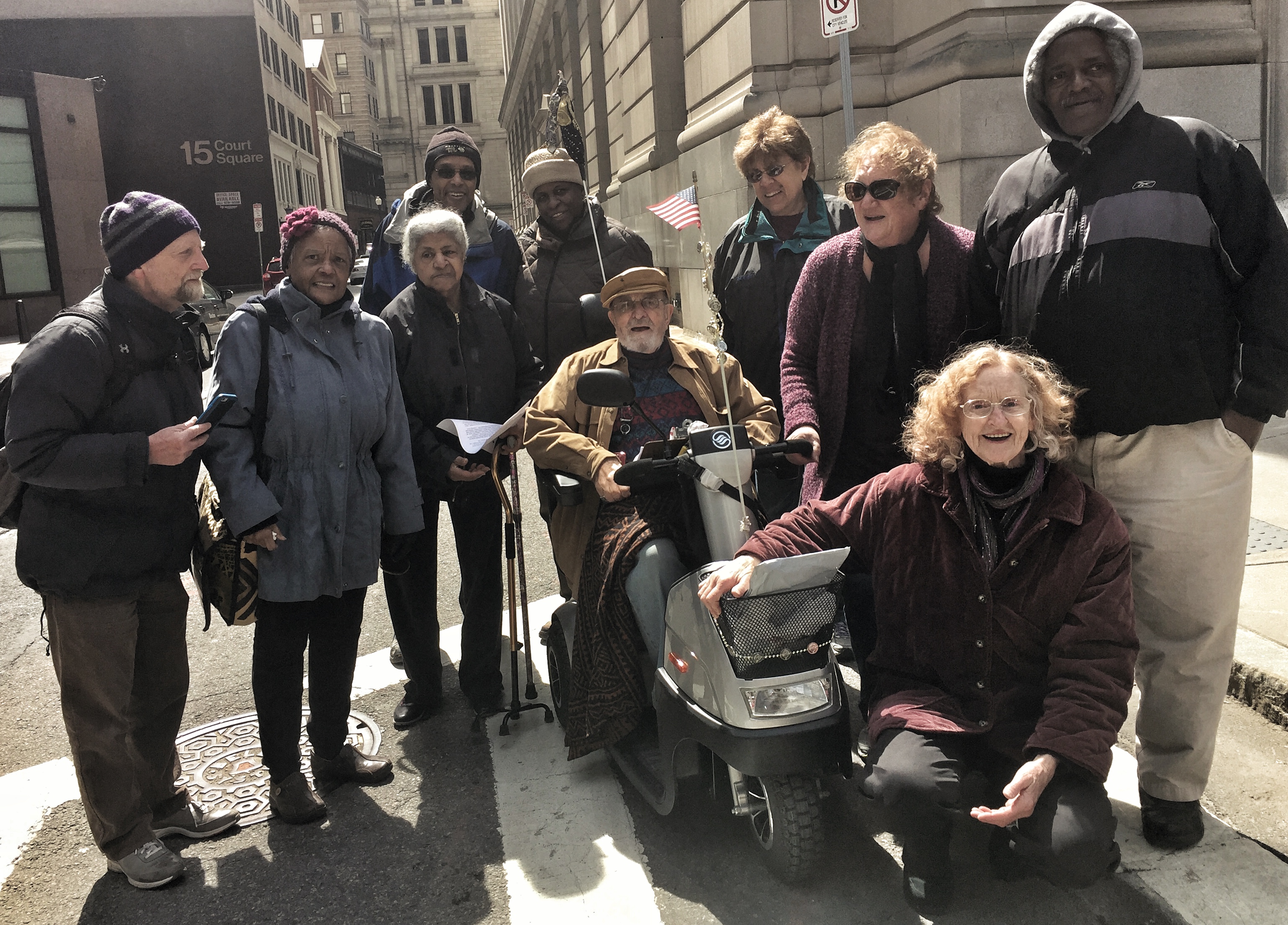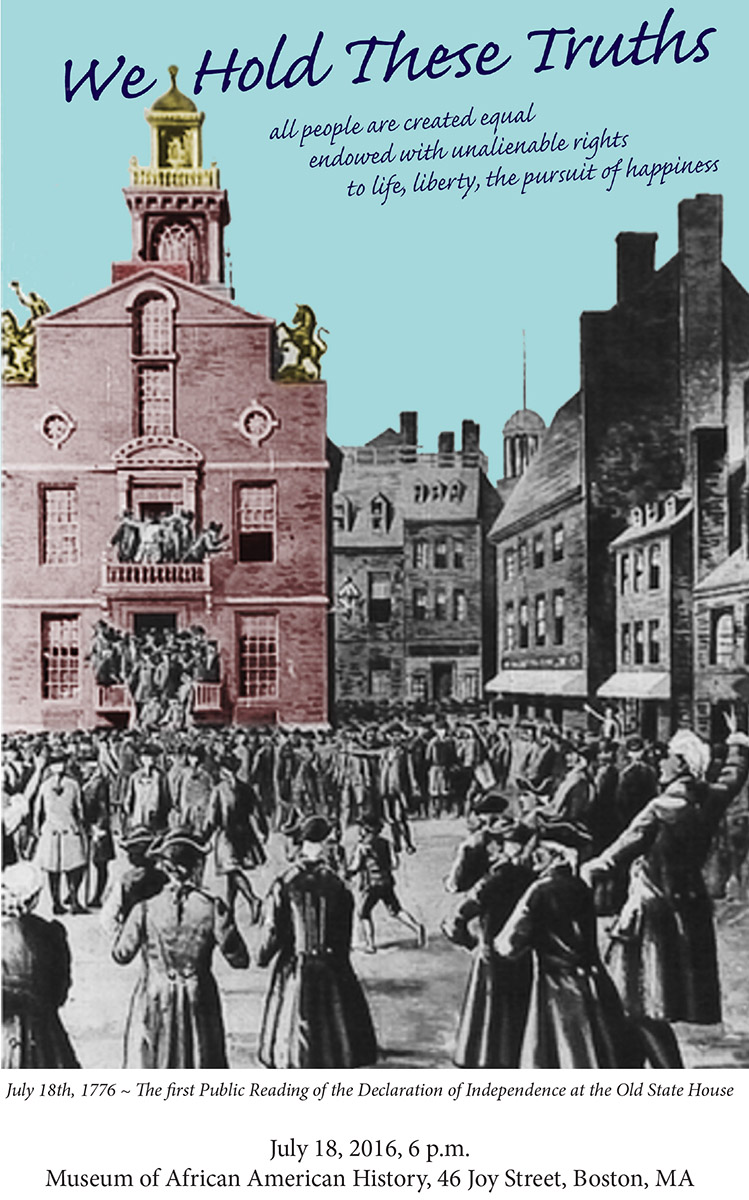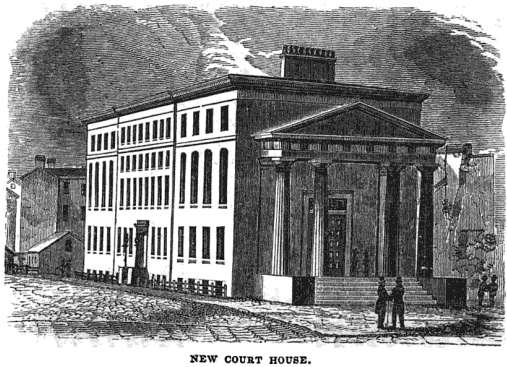There is now an opportunity for Boston history too long ignored to be told. “The Beacon Hill Scholars are a diverse group of individuals who seek to research, preserve, and interpret the history associated with the free African Community that once thrived on Beacon Hill in the early 19th Century. Part of the reason why that story has been ignored is rooted in the racist assumptions which too frequently labeled that north slope community “nigger hill”. It was perceived as a portion of the city where most of the residents were servants for white folks on the south slope. With this “mind-set” approach to the north slope, it is no surprise that it has received little serious historic attention. Now comes a time for a generation of Beacon Hill Scholars to reclaim that north slope history. With the advent of Abolition Acre, there is an opportunity to reclaim some of the historic truth of that north slope community. The theme of Abolition Acre, while it does not focus on the north slope brings a new “moment” to tell how it shaped Boston and national history:
Abolition Acre
At Prison Lane – Here we celebrate the way the north slope community led Boston in a just defiance of the 1850 Fugitive Slave Law and actions which led up to it. Note: Webster’s May 7, 1850 speech – Pres. Fillmore signed it – 2000 fled Boston 12th Bapt on Southac St. probably half the congregation fled to Canada. Note: Charles Sumner refused to call it a “Law” – the Fugitive Slave Act).
A HUGE “moment” in our History: Before the Fugitive Slave Act – in 1842 – George Latimer who with wife had fled his master in Norfolk — Oct 20 he was arrested with intent to return him to his master, James B. Gray — he was held in prison – Henry Tracy leads community attempt to rescue him – other efforts failed – Blacks, led by Grimes, finally raise funds to purchase his freedom — $400, ¼ or original request – towns across Mass hold meetings – 64,526 names on petition , 156 lbs., led to Personal Liberty Law, forbade use of Mass. facilities as prisons for fugitives. In Norfolk, Gray: “The Const. and the Rights of Southern States trampled in the Dust of the City of Boston – G defrauded of his property in a mockery of justice.
Shadrach Minkins — from Norfolk – in Boston only nine months before arrest, Feb. 15, 1851—Oct 14, 6000 in Faneuil Hall mtg – League of Freedom — Vigilance Comm, with Timothy Gilbert, as Pres. – Shadrach arrested at Cornhill Coffee House, where he works, and is noticed by a friend of his owner. Comm. Curtiss issues warrant – 3 hours in custody – 100-150 blacks in courtroom, 50 whites – group of about fifty blacks take him from the courthouse –wild ride Thru Bowdoin Sq. – sheltered by Elizabeth Riley, Southac Pl — finally to ambridge – then Concord, led by Hayden and John J.Smith – Leominster/Fitchburg, using houses of the UGR, then by rail to Canada—Shadrach free for first time in his life. (Webster named this rescue as “ TREASON” ! –President Fillmore directed that “prosecutions be commenced against all persons who shall have made themselves abettors in this flagitious offense”. (Minkins was first to be seized in Boston under the ACT)
Thomas Sims — 17 yrs old stowaway escaped from Savannah – April 4, 1851 arrested – cell on upper floor of courthouse – plan of community to place mattresses for him to jump onto – bars on his windows – 9 days in prison – angry community led by Rev. Grimes – at one point heavy chains around whole bldg. – The Court does not find reason to discharge him, remanded to custody of Marshal — April 11, a few minutes before five o’clock in the morning he is marched to boat for return to slavery by a guard of 15 men, and then by a “slave-guard” of men who had been drilled for an hour and a half before the final move to the steamboat”, Hornet–100 blacks in protest – escaped again during Civil War. (From the Boston Courier – notice that Mr. Keyes has presented a petition to the Senate on behalf of Sims. Petition calls for the General Court to pass a law which will ascertain the right to a trial by jury, and that the petitioner “may not be surrendered , exiled, or delivered to bondage , until proved to be a slave by ‘due course of law’.”)
Anthony Burns 19 yrs. old escaped – got to Boston –May 25, 1854 – arrested –as many as 5000 at Faneuil Hall – wide spectrum of opinions — Whittier, Watkins, Emerson, Theodore Parker, Gridley Howe, Stowe , Higginson, Garrison, Longfellow — imprisoned in Courthouse – 4 story granite –night attack suggested but only 20 willing to do it —at least one attack, when crowd stormed the courthouse with shots fired –May 29 trial, with 7-8,000 people outside —- June 2 procession to Long Wharf and ship to Virginia – militiamen sing, “Carry Me to Back to Old Virginny.”
Abolition Acre moves to the junction of old Franklin Lane with City Hall Plaza – here we speak of how several leaders of the north slope community conducted their business in the area close to where Walker worked, naming at least eight other residents of the north slope who shared with the larger “merchant community” in proximity to Brattle, Cornhill Streets, etc. (Black merchants in area: John Eli, John Page, Geo Holmes, Coffin Pitts, Barbadoes, Brimsley)
Abolition Acre features three abolitionists, two black, one white:
Maria W.Stewart – She boldly redefined the black woman’s domestic situation Franklin Hall, 16 Franklin St
—“ How long shall the daughters of Africa be compelled bury their minds and talents beneath a load of iron pots and kettles?” —she spoke for a time when they would build a High School that the higher branches of knowledge might be enjoyed by us.
David Walker “Appeal to the Coloured Citizens of the World, but in particular, and very expressly to those of The United States of America” — “we (coloured people of these :United States) are the most degraded, wretched, abject set of beings that ever lived since the world began.” Takes on Jefferson’s view of the “unfortunate” difference of color as “perhaps of faculty, is a powerful obstacle to the emancipation of these people” Walker: “unless we try to refute Mr. Jefferson’s arguments respecting us, we will only establish them.” WE ARE NOT BRUTES – WE ARE MEN.
William Lloyd Garrison, white editor of Liberator, hugely supported by the black community. He became a clear leader in the Abolition movement.
Abolition Acre next leads folk down toward where Cornhill was an extension of Washington Street.
There we recall in October, 1835 “a moment” in 1835, featuring women of the Boston Female Anti-Slavery Society, the near-lynching of Garrison, and the “conversion” of several community leaders to the Abolition effort. What happened to Garrison on that day is the focus of most “history. Abolition Acre provides an opportunity to “lift” the remarkable story of the Female Anti-Slavery Society on that day. Cautioned by the Mayor and city leaders to cancel their meeting because they were under threat from an angry crowd, the women were determined to hold their anti-slavery meeting. They walked through the crowd six blocks down Washington St. and held their meeting at the home of a member on West Street. We will invite folk to join in an annual October gathering which will celebrate the “Womens’ March of Courage.”




